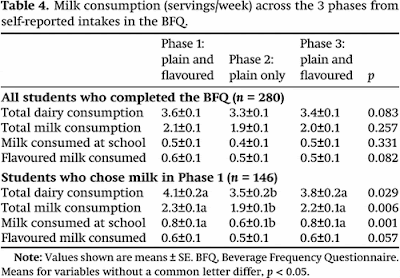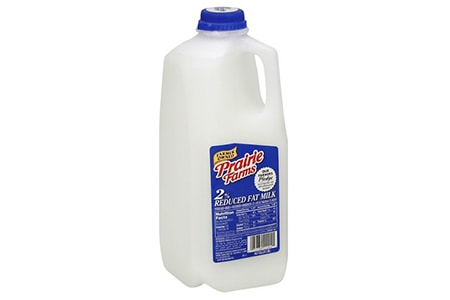

In addition, trans fats are naturally found in dairy products. Monounsaturated fats make up the rest - about 28% of the total fat content. Polyunsaturated fats are present in minimal amounts, making up around 2.3% of the total fat content. Whole milk is very high in saturated fats, which make up about 70% of its fatty acid content. Milk fat is one of the most complex of all natural fats, containing about 400 different types of fatty acids ( 7). In the United States, whole milk is 3.25% fat, reduced fat milk 2%, and low fat milk 1%.

In many countries, marketing of milk is mainly based on fat content. Whole milk straight from the cow is around 4% fat. As a result, it’s a popular supplement among athletes and bodybuilders ( 6). Whey protein is excellent for growing and maintaining muscles. Whey proteins have been associated with many beneficial health effects, such as decreased blood pressure and improved mood during periods of stress ( 5). It’s particularly rich in branched-chain amino acids (BCAAs) - such as leucine, isoleucine, and valine. Whey is another family of proteins, accounting for 20% of the protein content in milk. It may also promote lower blood pressure ( 3, 4). One important property of casein is its ability to increase the absorption of minerals, such as calcium and phosphorus ( 2). It’s really a family of different proteins, with alpha-casein being the most abundant. CaseinĬasein forms the majority - or 80% - of proteins in milk.

Proteins in milk can be divided into two groups based on their solubility in water: Milk is a rich source of protein - providing approximately 1 gram of this nutrient in each fluid ounce (30 mL), or 8.14 grams in each cup (249 grams) ( 1). One cup (249 grams) of whole cow’s milk with 3.25% fat provides ( 1): It contains almost every single nutrient that your body needs. The nutritional composition of milk is highly complex.


 0 kommentar(er)
0 kommentar(er)
